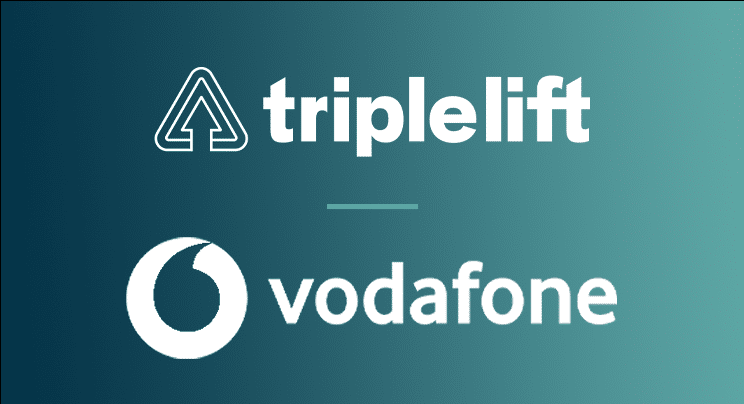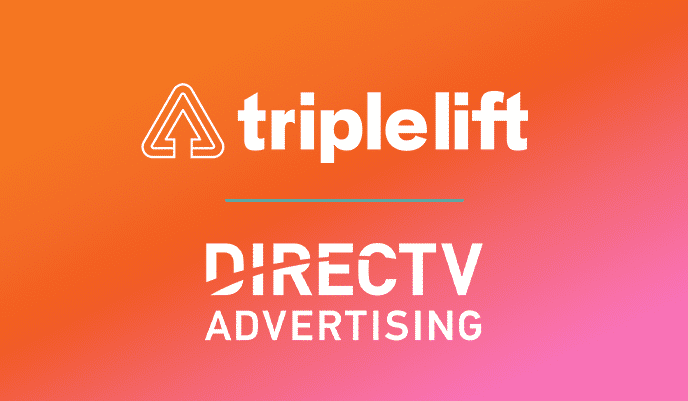Why the coming privacy and identity changes will benefit the entire industry—and what 9 out of 10 publishers need to know.
The following post was excerpted from an article originally published in AdAge on April 8, 2022.
Authored by: Airey Baringer, Senior Director, Product Management, Privacy at TripleLift
The cookie apocalypse is essentially our industry’s Y2K problem. But just like on the first day of the new millennium, when the world worried if clocks might stop, credit card readers would fail and planes could fall out of the sky, we’re all going to be OK.
Like back then, the best minds are developing solutions to make sure everything still functions. Digital advertising will work a little differently, but it will work.
While the challenge is great, the solution is straightforward. Publishers and advertisers will replace third-party cookies with first-party data. This concept is the driving force behind TripleLift’s recent acquisition of 1plusX, a data management platform (DMP) that specializes in first-party data solutions.
How first-party data will replace third-party cookies
There are essentially two kinds of publishers on the web: those who have rich first-party data about their audiences and those who don’t. Only about 10% of publishers fall into the first category. They gather that data through registrations, newsletter sign-ups and other on-site activities, and can use it to address their audiences.
But the vast majority of publishers—the other 90%—fall into the second category. They have been using third-party data and cookies as a patchwork to target audiences, but now that those cookies are becoming obsolete the future has been looking pretty bleak.
Moving forward, digital advertising will rely on first-party data solutions, a combination of context signals, engagement data, placement analytics and login information. First-party data is directly observable on publisher websites, works on every browser, is completely scaled and doesn’t require third-party syncs (which fail about 40% of the time anyway). It’s both more effective and privacy-compliant, a combination we can all get behind.
Best of all, these solutions will be available to every publisher who wishes to participate—not just the “the 10%”—and every advertiser as well.
Both publishers and advertisers will benefit
There is no future for digital advertising without publisher participation in first-party data solutions. DMPs like 1plusX were among the first companies to realize this. They put control for how first-party data is used back into the hands of publishers.
Armed with this data, publishers have a deeper view of their audience and how that audience is engaging with their content. These insights simply weren’t available in an advertising economy powered by third-party data solutions. Most importantly, leveraging first-party data allows publishers to better control and drive their own monetization.
This deeper view of publisher actions will make it easier for advertisers and their DSPs to target and reach their audiences more accurately. Brands will no longer need to guess where third-party data comes from, hope it has the correct permissions or wonder about its efficacy.
Yes, advertisers will need to do some groundwork to set themselves up for success. For example, they will need to define audience targeting with their supply-side platform (SSP), using a one-to-many (one advertiser to many publishers) ID to complement their existing identification strategies. But that investment in time will be well worth the reward. By replacing third-party cookies with first-party data, digital campaigns will continue to deliver at scale, and with good performance.
The bottom line is that digital advertising is about to be rebuilt from the ground up. That new world will be one where publishers benefit from the actions taken on their websites, and where advertisers reach their audiences in new and effective ways. Like on January 1, 2000, it will all look better in the rearview mirror.
For all of the latest news and analysis covering the changing P&I landscape, visit TripleLift’s Privacy Hub.






